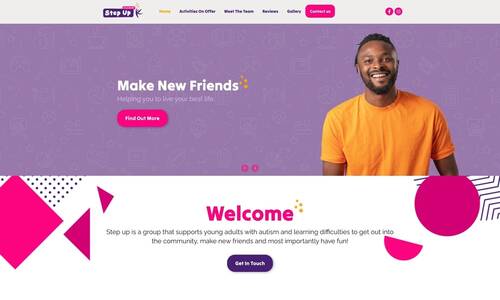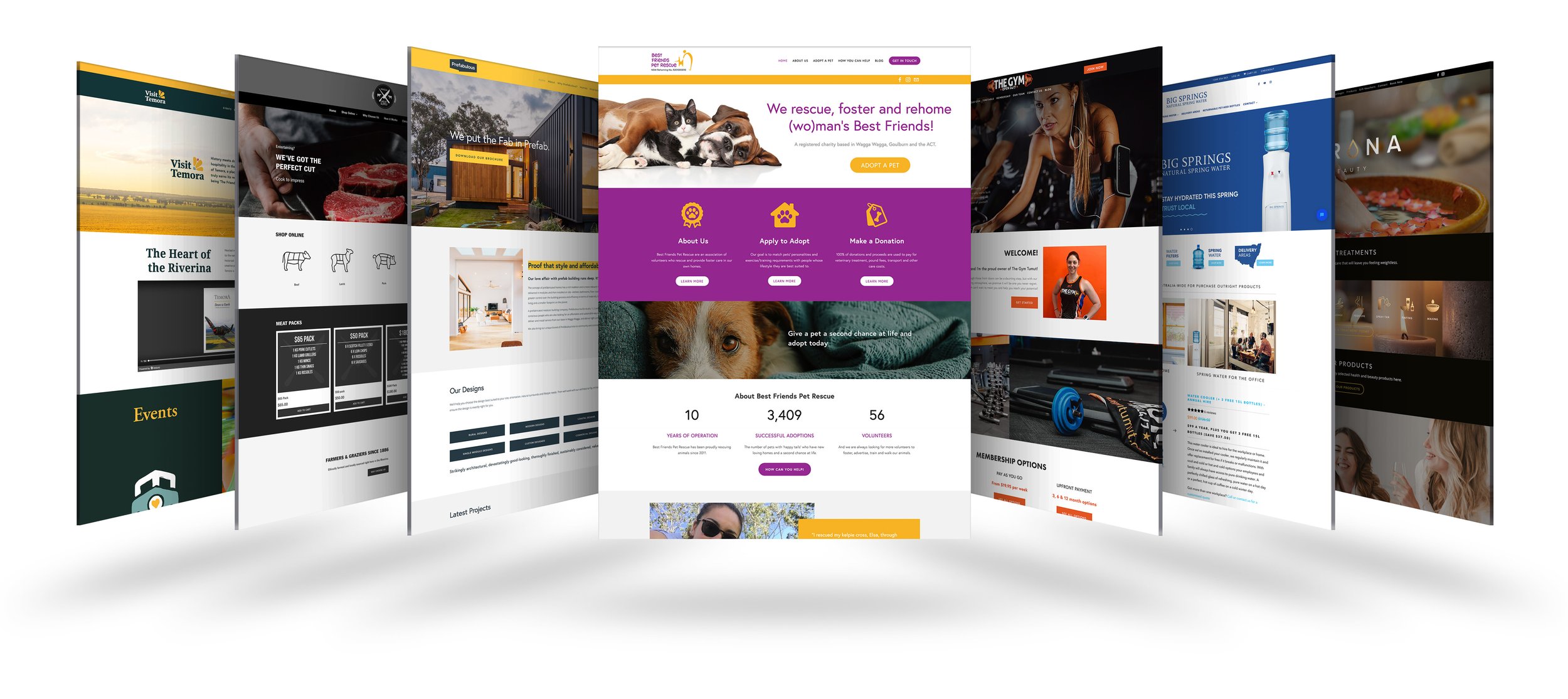The Top Benefits of Choosing Website Design in copyright for Your Brand
Boost Engagement With Innovative Site Style Solutions
A thoughtfully crafted individual experience, underpinned by tactical visual design and interactive components, can dramatically improve user involvement. By exploring numerous approaches such as receptive style and customized web content, companies can develop a platform that not just captivates individuals but likewise fosters long-lasting commitment.
Comprehending Customer Experience
Understanding customer experience (UX) is important for developing reliable internet site design options, as it directly influences exactly how customers interact with electronic platforms. A detailed UX strategy includes different components, including availability, use, and user contentment, all of which contribute to the general performance of a website.
To begin with, usability focuses on how easily customers can browse and discover the information they look for. Access makes certain that all individuals, including those with disabilities, can successfully communicate with the site.
Furthermore, understanding customer identities is necessary for tailoring the experience to meet details target market requirements. By conducting customer research study and testing, developers can gather understandings that educate style decisions, making certain the site not just fulfills visual goals but additionally meets useful requirements. Ultimately, a thoughtful approach to UX design promotes engagement, encourages retention, and enhances overall individual satisfaction, which are essential for the success of any type of electronic platform.
Visual Design Techniques
Incorporating efficient visual style approaches is crucial for capturing customer attention and improving the total individual experience on an internet site. A well-thought-out aesthetic hierarchy overviews customers with the web content, allowing them to conveniently navigate and take in info. This can be achieved with the tactical usage of typography, color pattern, and spacing, which collectively produce a cohesive and appealing layout.
Color plays an essential duty in evoking emotions and establishing brand name identification. Utilizing a balanced color combination that straightens with the brand name's principles can foster familiarity and trust fund. Additionally, incorporating top notch images and graphics enhances visual appeal and can substantially boost individual involvement.
Whitespace, typically ignored, is equally essential as it enables content to breathe and prevents frustrating users with clutter. It promotes simpler reading and comprehension, resulting in a much more pleasurable browsing experience.

Interactive Components for Interaction

One key aspect of interactive design is personalization. Tailoring experiences based upon customer actions and choices can considerably enhance interaction. Tailored material suggestions or dynamic user interfaces that adjust to specific selections produce a feeling of possession and importance, encouraging customers to check out better.
Gamification is one more effective method. Integrating game-like elements, such as achievements or incentives for completing tasks, can change mundane communications right into satisfying experiences. This method not just improves engagement but additionally motivates users to return, developing a devoted audience.
Furthermore, interactive elements can assist in social sharing, enhancing a website's reach. Features like remark sections, share switches, and user-generated material areas foster community communication, transforming visitors right into energetic individuals (website design copyright). Eventually, i was reading this the tactical use interactive components is vital for producing a interesting and engaging website that reverberates with individuals
Receptive and Adaptive Design
A properly designed web site should prioritize adaptive and receptive layout to guarantee ideal customer experiences across a range of tools and display dimensions. Responsive style utilizes liquid grids and flexible images, enabling the format to instantly adjust based on the customer's display dimension. This approach makes sure that customers can conveniently communicate and browse with the web content, no matter of whether they are using a mobile phone, desktop computer, or tablet computer .
On the other hand, adaptive style utilizes predefined designs that are customized to specific device categories. This implies that the Extra resources web site detects the sort of gadget being made use of and offers the appropriate layout, which can enhance loading times and enhance the screen of necessary components. While both strategies aim to improve use, responsive layout is frequently favored for its fluidness and smooth shift between tools.
Integrating flexible and responsive design not just improves user satisfaction yet likewise positively impacts search engine positions. Browse engines focus on mobile-friendly websites, thus increasing presence and drawing in more site visitors. Investing in these layout techniques is crucial for services looking to engage their audience properly and maintain an affordable side in today's digital landscape.
Studying User Comments and Information

Evaluating metrics such as bounce prices, time on page, and click-through rates supplies a quantitative point of view on customer engagement. These metrics assist developers discern which web content resonates and which areas might call for optimization. Additionally, A/B screening can be employed to examine variants in design, enabling developers to make informed decisions based upon customer communications.
Integrating customer responses not just enhances site functionality yet also fosters a sense of neighborhood useful site and trust fund. Involving with users through comments loopholes cultivates loyalty and encourages repeat brows through. Ultimately, leveraging user feedback and data analysis is essential to creating a dynamic, user-centered site that adapts to developing individual demands and choices, therefore driving higher engagement and contentment.
Conclusion
To conclude, innovative site style options substantially improve individual involvement by prioritizing user experience, utilizing efficient aesthetic techniques, and integrating interactive components. The application of adaptive and receptive layout guarantees ease of access throughout different devices, better promoting user communication. Continuous evaluation of individual feedback and information helps with ongoing renovations, resulting in continual contentment and loyalty. Inevitably, the convergence of these style concepts cultivates an engaging on the internet environment, necessary for driving long lasting customer participation and dedication.
An attentively crafted customer experience, underpinned by strategic visual style and interactive components, can significantly improve individual engagement.Integrating reliable visual style strategies is vital for recording customer attention and boosting the general individual experience on a site.User responses and information analysis are crucial elements of reliable web site layout, as they supply beneficial insights right into user habits and choices. Eventually, leveraging customer responses and data analysis is essential to producing a dynamic, user-centered site that adapts to developing user needs and choices, therefore driving greater interaction and contentment.
In verdict, ingenious web site style services considerably enhance user engagement by focusing on individual experience, utilizing efficient visual techniques, and integrating interactive components.